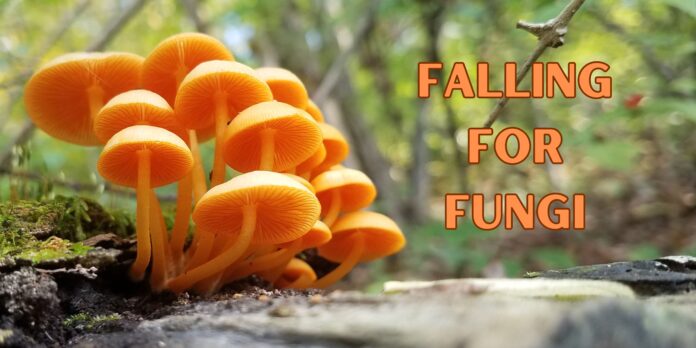For thousands of years, people have been using fungi to bake bread and brew beer (yeasts), as nutritious foods (mushrooms and truffles), and, more recently, as a source of life-saving antibiotics (penicillin, neomycin and many more). And yet, an estimated 95% of all fungus species remain undiscovered. Fortunately, thousands of energetic citizen scientists like you can help explore this diverse and fascinating kingdom of organisms, thanks to projects like FUNDIS, Mushroom Observer and others featured in this newsletter. And in many parts of the world, October is prime mushroom season.
Also, October is the perfect time to contribute migratory bird sightings to help monitor and protect birds! Learn more at SciStarter.org/flyways and through our latest SciStarter podcast episode.
Whether you’re looking down at shrooms or up at birds, this is the perfect month to enjoy nature and contribute to citizen science!
Looking for Shroom-mates?
Credit: Nicholas T/ Public Domain
Are you mad for mushrooms? Do you find the fun in fungi? If so, then the Fungal Diversity Database (FUNDIS) project needs you! Learn how to collect and submit high quality observations to help scientists and conservationists better understand and protect fungi all across North America. You’ll share your mushroom images and information via iNaturalist, where expert mycologists will help identify or verify your observations.
Shroom Around the World
Credit: JJ Harrison, Creative Commons CC BY-SA 3.0
Mushroom spores disregard national borders and even cross oceans, and so does Mushroom Observer, uniting mushroom fanciers around the world. Record observations, help or get help with identifications, and share stories with other members. You can also now download your iNaturalist fungi records to Mushroom Observer.
Fungus Australis
Aseroe rubra (Credit: Cas Liber, Public Domain)
Australians are wild about species surveys – maybe because so many organisms are unique to the continent?– and mushrooms are no exception. FungiMap Australia challenges Aussies to document fungal diversity across the country. Also, check out the associated Lost fungi Australia project to track down and report rare mushrooms.
Credits: Fly Agaric, MJ Klaver, public domain; Psilocybe, Kim Christensen 1959, public domain; Mycena subcyanocephala, S. Chou, CC BY-SA 3.0
Credit: SciStarter
As a Volunteer Ambassador for Citizen Science, you’ll help introduce the basics of citizen science to libraries and other community hubs. Free trainings, professionally designed materials and more will help you become a champion, connector and facilitator.
Applications for the second cohort are open now through November 1.
Credit: SciStarter
Source : Discovermagazine









